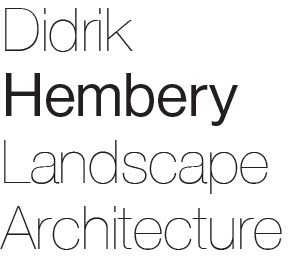MA3-territorial practices - The Artic University of Norway- UiT
Tromsø- Troms- and Finnmark
Course Leader: Eimear Tynan
Co-teacher: Bert De Jonghe
Design Intent:
The aim is to create a dynamic and adaptable interface between human settlements and the natural environment in Longyearbyen, which accommodates natural forces and allows ecological regeneration. This approach seeks to transform the human-dominated landscape into a more robust and symbiotic space, which responds to environmental challenges and changes over time.
The aim is to create a dynamic and adaptable interface between human settlements and the natural environment in Longyearbyen, which accommodates natural forces and allows ecological regeneration. This approach seeks to transform the human-dominated landscape into a more robust and symbiotic space, which responds to environmental challenges and changes over time.
Context and Challenges:
Uninhabitable Settlements: Human settlements in the Longyear Valley are increasingly being declared uninhabitable due to environmental hazards.
Strict Culture and Nature Laws: Regulations require careful assessment of environmental impact and conservation of natural landscapes.
Coastal opportunities and challenges: The coastal area offers potential for new development, but is complicated by:
An active delta area that is exposed to floods and sediment changes.
A contaminated landfill that requires remediation.
A drastically changing climate that leads to unpredictable environmental conditions.
An active delta area that is exposed to floods and sediment changes.
A contaminated landfill that requires remediation.
A drastically changing climate that leads to unpredictable environmental conditions.














